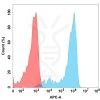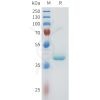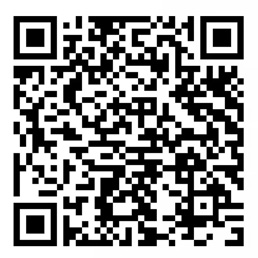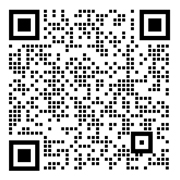| Target | |
|---|---|
| Synonyms | LNIR; PRR4; EDSS1; PVRL4; nectin-4 |
| Description | Recombinant Cynomolgus Nectin-4 protein with C-terminal 10×His tag |
| Delivery | In Stock |
| Uniprot ID | XP_005541277.1 |
| Expression Host | HEK293 |
| Tag | C-10×His tag |
| Molecular Characterization | Nectin-4(Gly32-Ser349) 10×His tag |
| Molecular Weight | The protein has a predicted molecular mass of 35.4 kDa after removal of the signal peptide. The apparent molecular mass of cNectin-4-His is approximately 35-55 kDa due to glycosylation. |
| Purity | The purity of the protein is greater than 85% as determined by SDS-PAGE and Coomassie blue staining. |
| Formulation & Reconstitution | Lyophilized from sterile PBS, pH 7.4. Normally 5 % – 8% trehalose is added as protectants before lyophilization. Please see Certificate of Analysis for specific instructions of reconstitution. |
| Storage & Shipping | Store at -20°C to -80°C for 12 months in lyophilized form. After reconstitution, if not intended for use within a month, aliquot and store at -80°C (Avoid repeated freezing and thawing). Lyophilized proteins are shipped at ambient temperature. |
| Background | This gene encodes a member of the nectin family. The encoded protein contains two immunoglobulin-like (Ig-like) C2-type domains and one Ig-like V-type domain. It is involved in cell adhesion through trans-homophilic and -heterophilic interactions. It is a single-pass type I membrane protein. The soluble form is produced by proteolytic cleavage at the cell surface by the metalloproteinase ADAM17/TACE. The secreted form is found in both breast tumor cell lines and breast tumor patients. Mutations in this gene are the cause of ectodermal dysplasia-syndactyly syndrome type 1, an autosomal recessive disorder. Alternatively spliced transcript variants have been found but the full-length nature of the variant has not been determined.[provided by RefSeq, Jan 2011] |
| Usage | Research use only |
| Conjugate | Unconjugated |
服务热线
400-006-0995
18062749453







